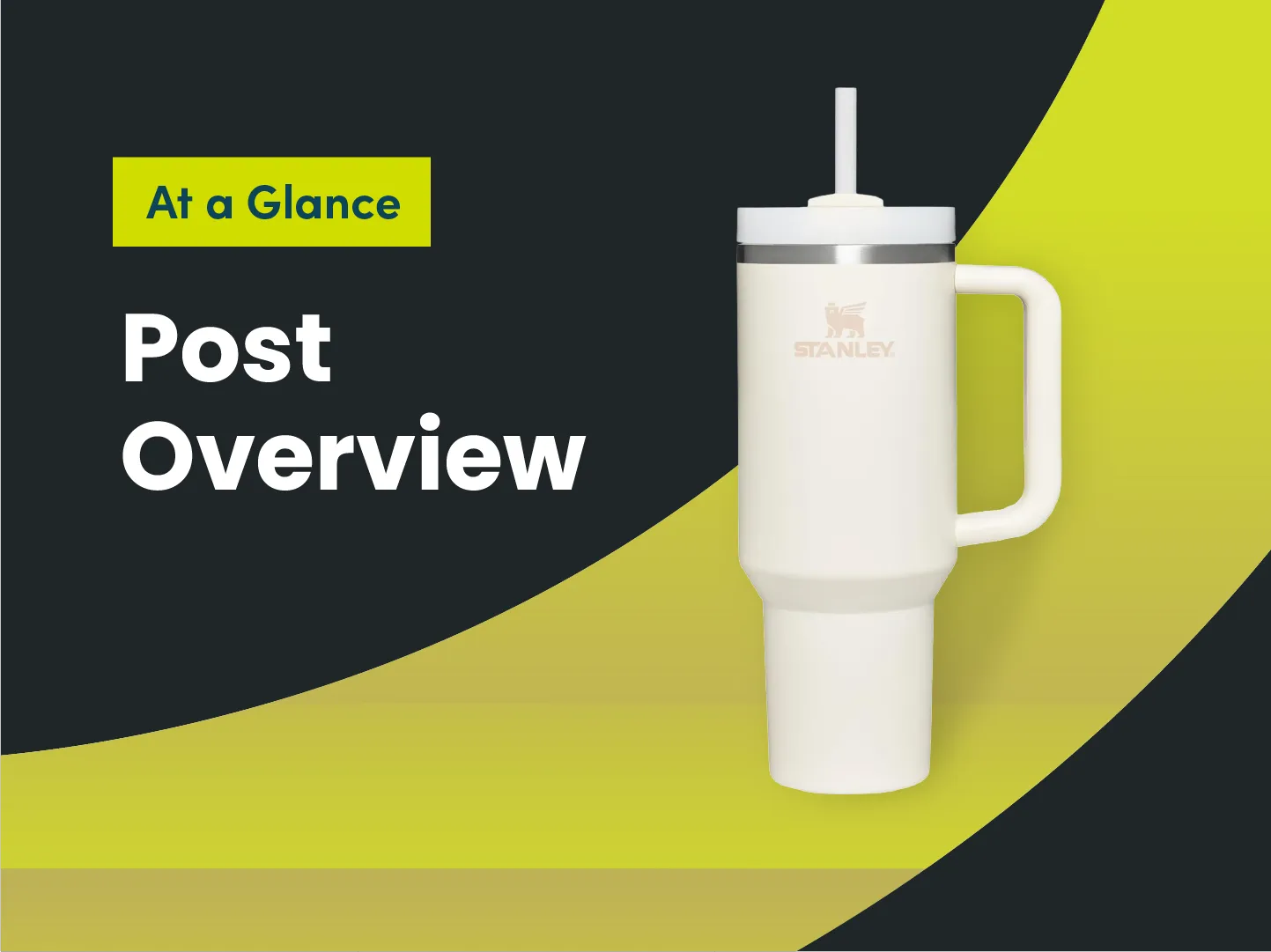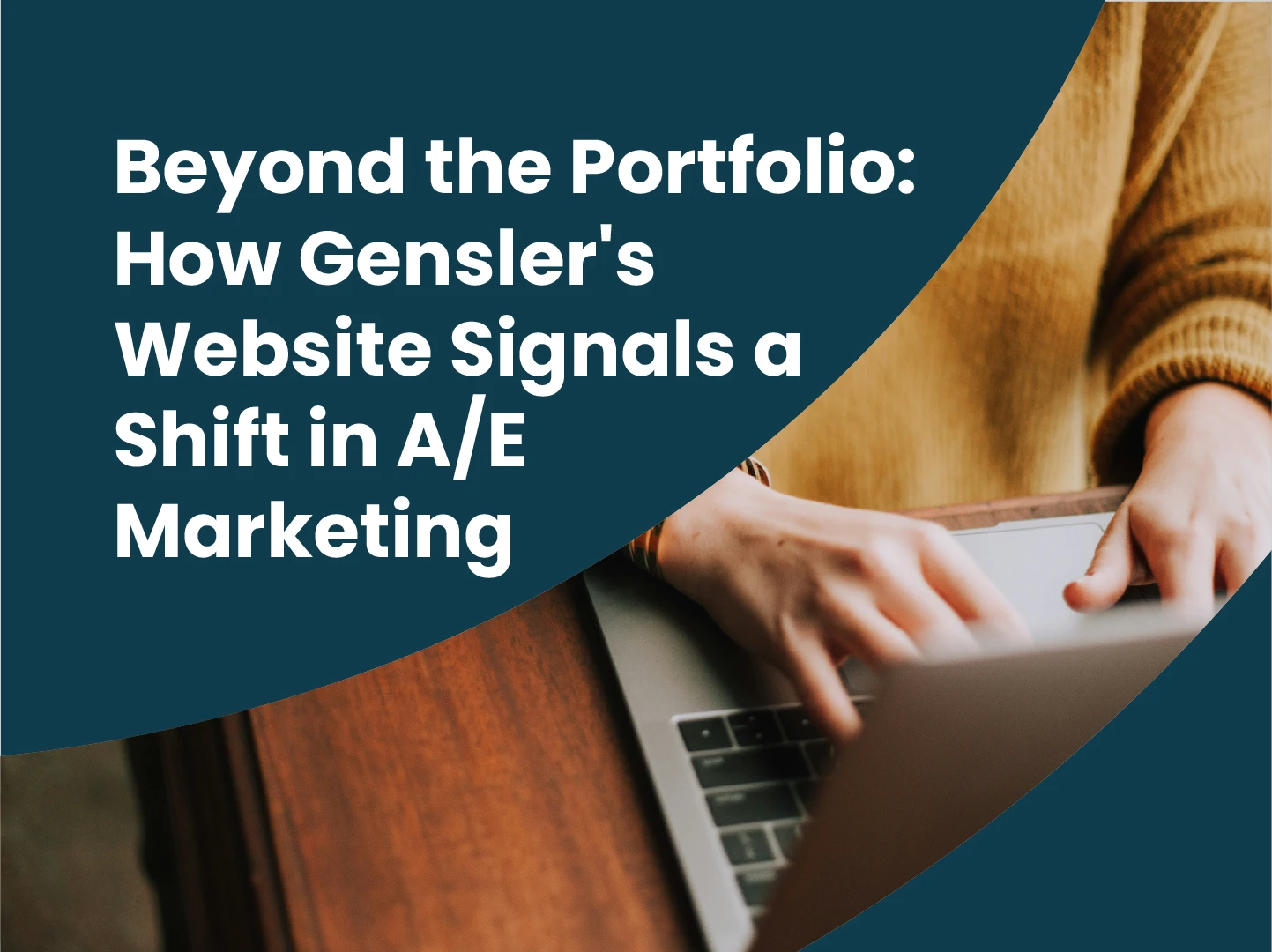Takeaway 1: Your Business Should Be Brave Enough to Explore New Opportunities
Stanley’s ascent to acclaim began several years ago when The Buy Guide, a popular shopping blog run by and aimed at women, touted it as the
only cup anyone would need. To convince Stanley leadership that there was something to their Quenchers, The Buy Guide agreed to place a
wholesale order consisting of 10,000 cups, selling directly to their audience.
The cups sold out. Twice.
Yet even with the mounting evidence in front of them, Stanley management still wasn’t willing to admit their target audience had changed
from its traditionally male-centric customer base.
It didn’t make sense. They couldn’t -- or wouldn’t -- see the exciting potential in front of them, and as a result, almost missed out on
finding an even more receptive group of customers.
Even if you think you know your firm’s ideal clients, it’s important to reassess and see which potential avenues you’re not exploring.
There’s nothing wrong with pivoting a marketing strategy. In fact, pivoting is often necessary for successful business development, showing
you’re engaged with your clients and their needs.
'%3E%3Crect x='0' y='0' width='1024' height='672' fill='%238d8c8b'/%3E%3Cg transform='scale(4.00) translate(0.5 0.5)'%3E%3Cg transform='translate(43.15 25.54) rotate(132.28) scale(163.34 74.33)'%3E%3Cellipse fill='%23ffffff' fill-opacity='0.50' cx='0' cy='0' rx='1' ry='1'/%3E%3C/g%3E%3Cpolygon fill='%23060100' fill-opacity='0.50' points='-16,162 253,183 270,80'/%3E%3Crect fill='%23ffffff' fill-opacity='0.50' x='113' y='0' width='29' height='139'/%3E%3Cg transform='translate(195.80 89.15) rotate(90.17) scale(60.53 18.09)'%3E%3Cellipse fill='%23ffe1d1' fill-opacity='0.50' cx='0' cy='0' rx='1' ry='1'/%3E%3C/g%3E%3Cg transform='translate(242.21 26.86) rotate(162.89) scale(39.33 210.61)'%3E%3Cellipse fill='%23201d1c' fill-opacity='0.50' cx='0' cy='0' rx='1' ry='1'/%3E%3C/g%3E%3Cellipse fill='%2303080a' fill-opacity='0.50' cx='94' cy='126' rx='20' ry='52'/%3E%3Cg transform='translate(14.44 14.98) rotate(168.72) scale(144.22 52.89)'%3E%3Cellipse fill='%23ffffff' fill-opacity='0.50' cx='0' cy='0' rx='1' ry='1'/%3E%3C/g%3E%3Cellipse fill='%23222321' fill-opacity='0.50' cx='161' cy='68' rx='15' ry='164'/%3E%3Cg transform='translate(34 167) rotate(240) scale(62 57)'%3E%3Crect fill='%23040708' fill-opacity='0.50' x='-0.5' y='-0.5' width='1' height='1'/%3E%3C/g%3E%3Cellipse fill='%23ffffff' fill-opacity='0.50' cx='1' cy='100' rx='43' ry='43'/%3E%3C/g%3E%3C/g%3E%3C/svg%3E)
Takeaway 2: Your Clients Can Be Your Biggest Advocates
Around this time, Stanley welcomed former Crocs executive, Terence Reilly, as its new CEO. Under Reilly’s leadership, Crocs went from a
punchline to a fashion statement. Reilly saw a similar potential with Stanley, agreeing with The Buy Guide that reaching a new audience
through customization and color were Stanley’s key to a successful future.
This wasn’t just a thermos anymore. It was an accessory to match your mood or clothes. Showing off a colorful Stanley wasn’t just a way to
stay hydrated; it became a status symbol, showing one’s awareness of and participation in the cultural zeitgeist.
The shift paid off, with Stanley becoming a consistently trending topic on TikTok and sales to match.

This speaks to a larger marketing shift that A/E firms should note: reputation management is more important than ever. Leveraging your
online platforms to establish relationships with your intended client base can be a great way to spark dialogues and create trust that in
turn leads to advocacy.
In fact, 92% of Nielsen respondents said they valued product advice from trusted media like blogs or video reviews over traditional
advertising, meaning that brands need to focus on building trust and advocacy by establishing a strategy for social listening.

Takeaway 3: Ignoring The Needs of Potential Clients Leaves Money on the Table
The fact of the matter is that your prospective clients are already having these important discussions, even if you aren’t in the room.
Social listening and engagement allow you to know what your clients need from a firm like yours, not just what you think they need.
Every brand is looking for a better way to communicate with their audience. But often, they’re going about it the wrong way.
The answers that brands tend to seek can be found simply by listening. It seems like an obvious solution, but even a century-old company
like Stanley is vulnerable to this pitfall. Had they trusted The Buy Guide team, they could’ve tapped into this powerful market
sooner.
Stanley made the grave mistake of believing they had a better grasp of their audience’s needs than they really did. It’s a misstep that
happens in the A/E industry all the time, with firms relying on institutional knowledge instead of clearly defining their target audience
and shaping their company to match those new goals and needs.
For this very reason, it’s crucial that brands view social media and social listening as a necessity instead of an option, as failing to
leverage your brand on social media reduces your potential reach. Social media can be a fantastic resource for monitoring conversations and
gauging attitudes that can inform your messaging and lead to opportunities for important dialogues. However, this requires a consistent
social media strategy that brands may lack.
Firms must focus on defining and aligning with their target audience, highlighting what matters to their potential clients, not what they
think clients need. If you don’t listen to your audience, your competition certainly will.
Our free guide, The Core Foundations of
an A/E Brand, will
help you better define and understand your target audience, taking the guesswork out of reaching them. Download it today to
discover how to make your firm unforgettable to your target audience.









